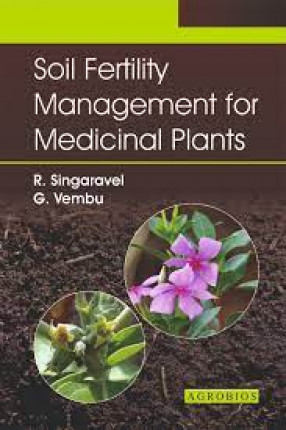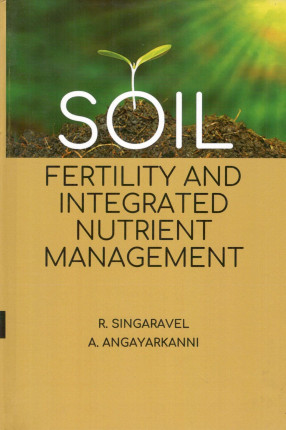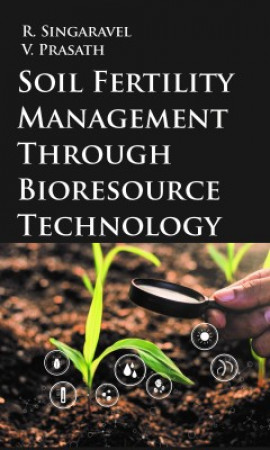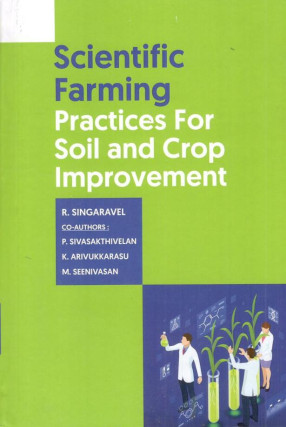Soil Fertility Management for Medicinal Plants
Contents: 1. Introduction. 2. Nutrient requirement for the growth and yield of medicinal plants. 3. Organic manure and biofertilizer on the growth and yield of medicinal plants. 4. Influence of organic manures on the physico-chemical properties of the soil. 5. Effect of NPK on the nutrient availability in soil. 6. Influence of NPK and organic manure on the nutrient availability in soil. 7. Effect of NPK and organic manures on the fractions of nutrients in soil. 8. Effect of NPK on the nutrient content and uptake by medicinal plants. 9. Influence of NPK and organic manure on the nutrient content and uptake by medicinal plants. 10. Inorganic and organic manures on the alkaloid content of medicinal plants. 11. Suggested readings
Soil fertility is the key factor in determining the yield and quality of crops. Soil related constraints reduces crop yield and income of the farmers. In recent years, global attention is being given to develop non-conventional crops to increase farm income. Indian Council of Agricultural Research (ICAR) also emphasis for the alternative farming system approach to increase farm income and livelihood.
One billion people, mostly in developed countries, rely on the use of medicinal plants to cover all or part of their health care needs. The use of botanical dietary supplements has also increased tremendously over the past few decades. The demand for herbal products are growing rapidly worldwide during last two decades. There is a huge export potential available, one can reap this in international market. There is tremendous potential for the cultivation of medicinal plants in various agro regions of India in view of stable climatic conditions, rainfall, diverse soil types and prevailing cropping systems. Catharanthus roseus L. (G.) Don, belongs to the family Apocynaceae and is a world-wide known anticancer plant used for the treatment of a wide variety of cancers. It can cure diseases like leukemia and diabetes. The plant contains more than 130 phytochemicals, of which two of the most valuable alkaloids are vinblastine and vincristine. About 600 tonnes of Catharanthus roseus roots are exported from India annually to European countries as a raw material for the extraction of alkaloids. The total demand is more than 1000 tonnes of roots annually.
Get it now and save 10%
BECOME A MEMBER










Bibliographic information
G Vembu